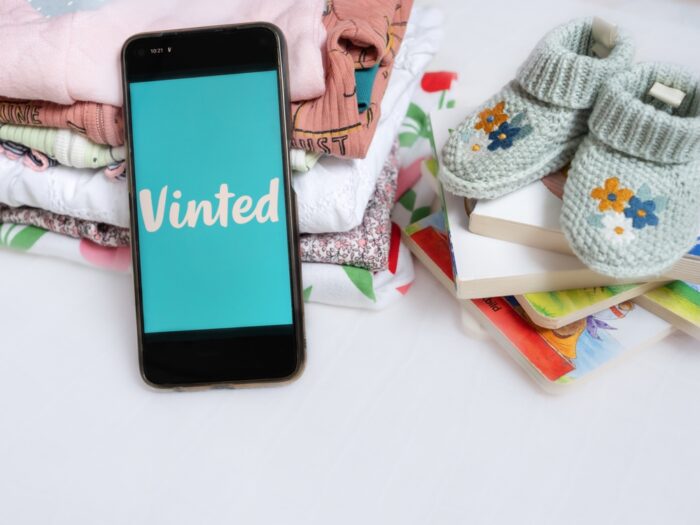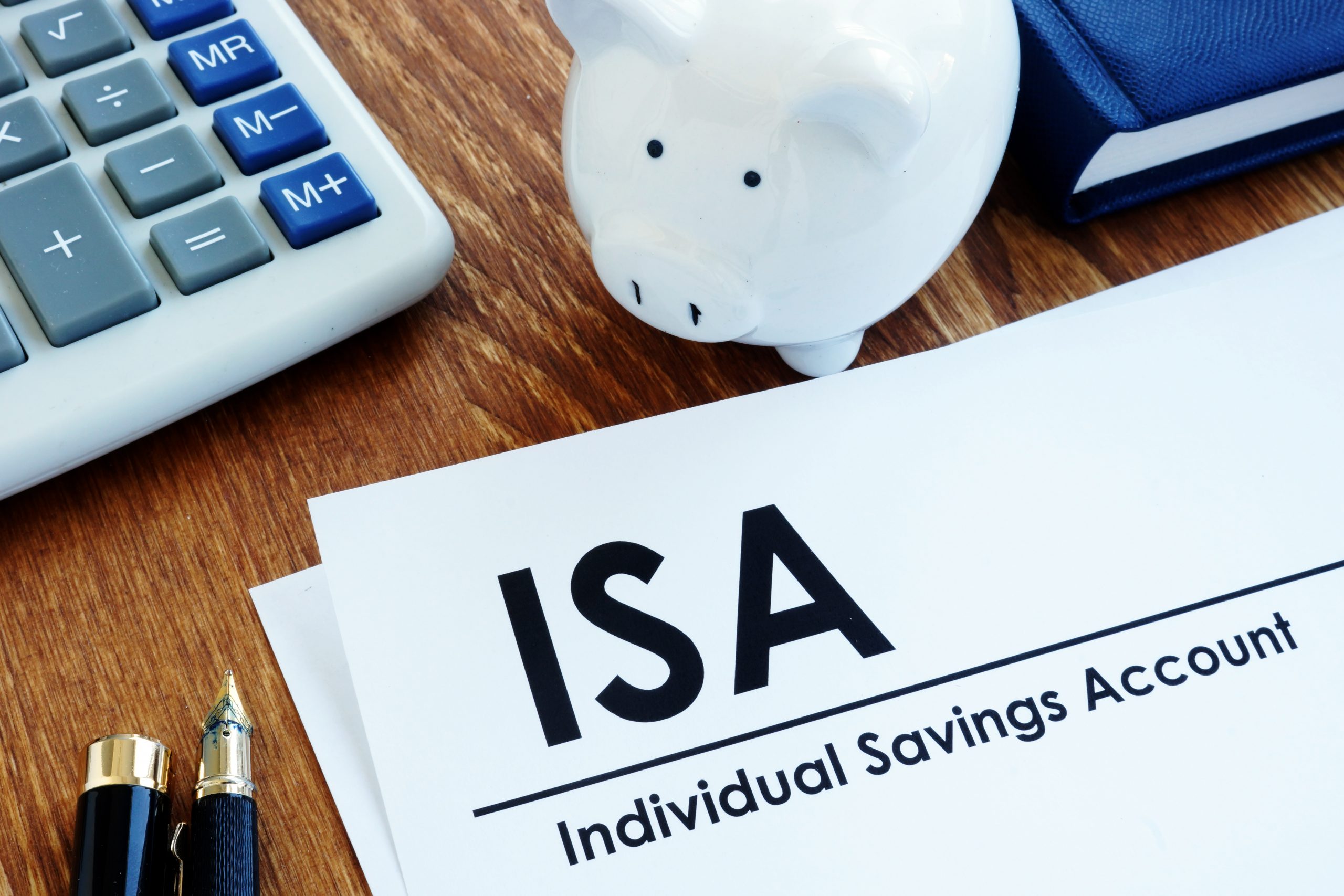My love of Vinted started in the summer of 2021. Since then, I’ve sold over £1,000 of clobber lingering in the cupboards. When it comes to buying on Vinted, I understand there’s a buyer protection fee, but I’m still confused about exactly how it is determined and applied to items.
In two and a half years, I’ve sold hundreds of clothes, shoes and accessories, helping me declutter as well as add cash to my bank account.
The best part about Vinted – and which sets it apart from the likes of eBay – is that as a seller, I get to keep the full sale amount. There are no fees to pay and for standard goods and packages, no postage costs to factor into the selling price of a listed item.
It’s no wonder there are over eight million registered members on the online marketplace in the UK.
I’m also a prolific buyer for my children. As many parents will agree, kids grow fast. Why spend £20 for a new item in the shops when I can buy brand new and bundle deals for a fraction of the price on Vinted?
Buyer protection fee
When you’re ready to buy, you see the listing price (negotiable with the seller – some buyers are very cheeky with their offers), the buyer protection fee and the delivery cost so buyers know exactly how much the transaction will set them back.
This buyer protection fee is automatically applied to every order at checkout, and it provides a refund to the buyer if the item purchased is “significantly not as described”, doesn’t arrive, or arrives damaged.
Currently, buyers pay a fixed amount ranging between 30p and 80p, as well as a variable amount of between 3% and 8% of the purchase price agreed, regardless of the postage costs.
In an email to users in the past week, Vinted confirmed that from 27 November, it will introduce a pricing threshold of £500, which means in some cases, the buyer protection fee will be lower for orders above this sum.
This is because for orders of £500 or more, the formula will be 3% of the item’s price (including VAT), doing away with the range across both the fixed and variable amounts.
Transparency is essential
While this appears to be a positive move for big spenders, it made me realise – and question – exactly how this range of added costs is applied to items and transactions i.e. do spend thresholds or categories determine whether a transaction attracts a lower 30p or higher 80p fixed cost, plus the lower 3% or higher 8% variable cost?
After several emails to the press office to get a breakdown, Vinted said it was unable to provide a further breakdown of the costs, adding that the total price is clearly stated to buyers. It did however say it is based on the categories.
It’s right in that I always know exactly how much a purchase will cost me. But, come on Vinted, let’s see some transparency so shoppers know exactly how these costs are determined and applied.
In a period where individuals are counting pennies in the cost-of-living crisis, full understanding of pricing is essential.
Will my request for clarity change buyer behaviour? Probably not. But is it good practice to be clear and transparent over pricing? Absolutely.





